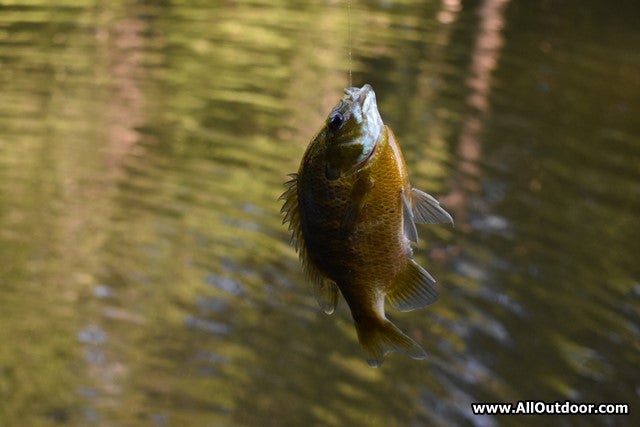How To Build a Fishing Rod
Kevin Felts 07.05.18

In today’s fast paced world of the internet and social networking, sometimes it is nice get back to basics. In this case, it means building a fishing rod from scratch.
It may be difficult to believe, but years, ago people use to fish with nothing more than a cane pole, or a small tree limb. Since cane does not grow everywhere, we are going to talk about the basics and what to look for in building a fishing pole.
We are going to start out by looking for a straight young tree, or maybe a low hanging tree branch.
Examples:
- Yaupon holly.
- Young sweet gum.
- Young mimosa tree.
Picking a Fishing Rod
Try to avoid young pine trees as sap will ooze from where the tree was cut.
Look for branches of small tree around one inch in diameter. I typically use my thumb as a rough guess. All we are fishing for are perch close to the bank. Anything large enough to land a perch or crappie will do.
A young mimosa tree or sweet gum typically grow nice and straight. The mimosa may grow at an angle, but branch size is otherwise ideal.
After the sapling has been cut down, carefully remove all of the limbs. Then cut the tree to the desired length, say close to 6 feet long. Personally, I like to leave a fork at the end of the fishing pole; this helps prevent the fishing line from coming off the end.
Once we have our pole cut to length, and the limbs removed, now it is time to attach the fishing line. I typically tie a simple loop knot at the end of the line.
Fishing Line
For the line, I typically use around 8 pound monofilament. Just something simple and light. It’s not like we are going for 10 pound high fin blue catfish with a cane pole. All we want to do is sit on the bank, fish, and relax.
Push the line through the loop knot, slip over the end of the pole, then pull the line tight. The fork at the end of the branch will help prevent the loop from coming off the pole. It’s not like the fish are pulling the line off the end of the pole anyway.
Hooks and Bait
Some people prefer real worms while others prefer artificial lures. Over the years I have gravitated away from live bait and towards artificial perch lures.
A lot of the bluegill or goggle eye perch found in rural backwaters can be quiet small, while those in lakes and rivers grow larger. Difference between the two are the hook size.
Now it is just a matter of finding a good perch hole and doing some fishing.
